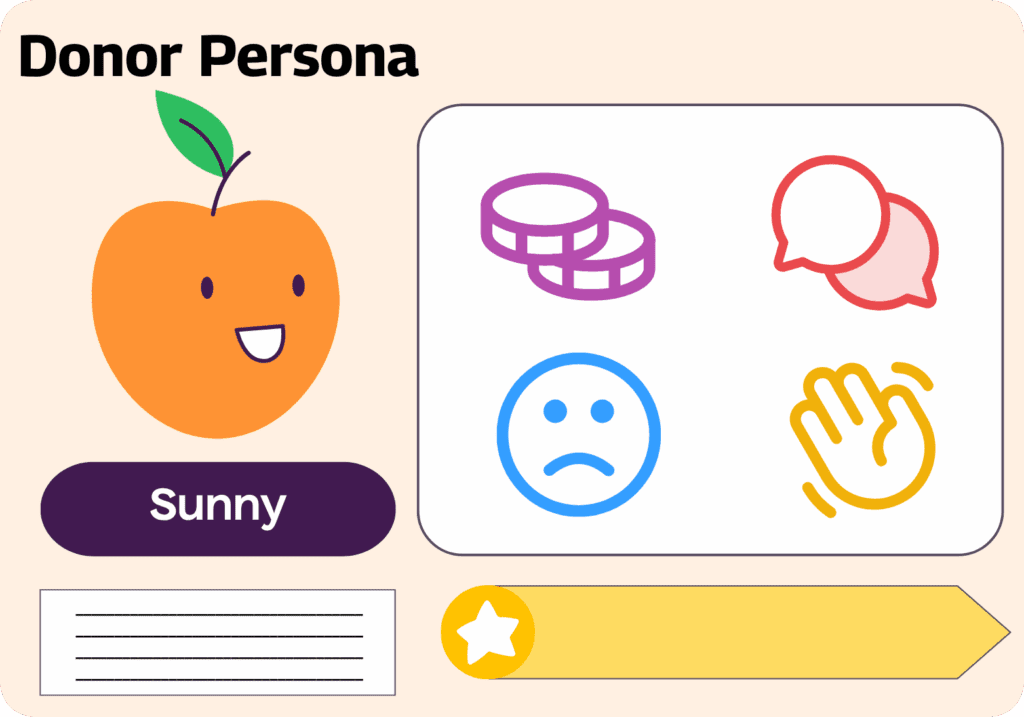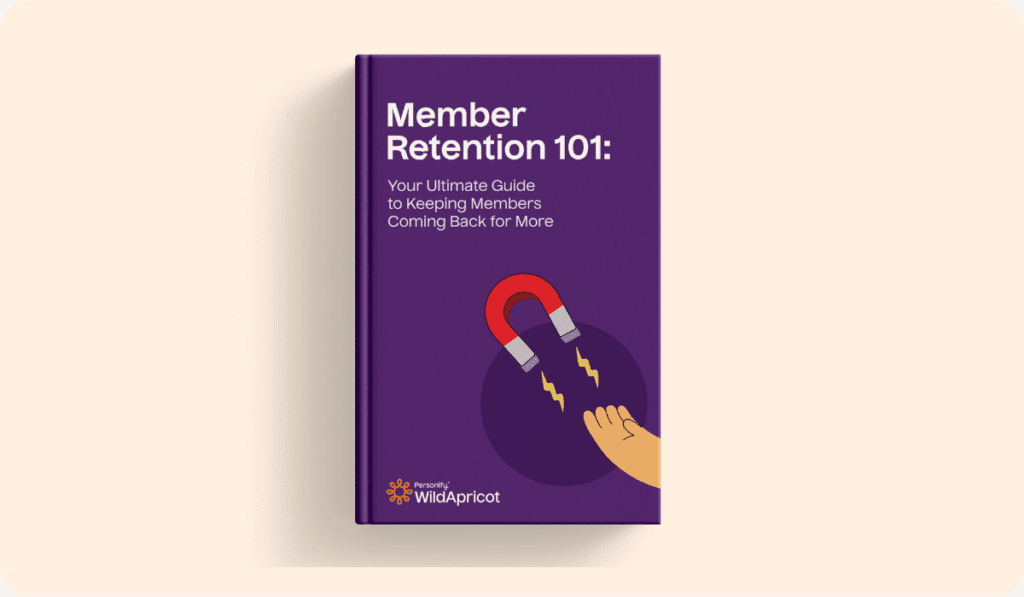If you’re planning a major campaign for your organization, there are a few essential resources you’ll need on hand to help guide the process and give your team a clear view of its trajectory and goals. If we had to choose the very most important of these resources, we’d single out the humble gift range chart.
Gift range charts, also called gift tables, are among the most useful strategic documents you should develop in the early days of your capital campaign.
What are they? How are they used, and how do you create one? This quick guide will cover all the essentials.
What’s a Gift Range Chart?
A gift range chart is exactly that—a chart that lays out the number of gifts within various value ranges that you’ll need to secure from donors in order to reach your capital campaign’s goal. In other words, it displays how many gifts of $X, $Y, and $Z you’ll need to tally up to your working goal in one tidy place.
Here are a few best practices for you to follow to structure your gift tiers. These aren’t hard-and-fast rules, but they have historically served nonprofits well during capital campaigns. When possible:
- The single largest gift to the campaign should account for about 20-25% of the total goal
- Roughly the top 10 gifts should account for at least half of the total goal
- The remaining smaller gifts should then account for the other half of the total goal
Of course, there’s no one way to structure a gift range chart. The exact tiers you choose should reflect the size of your donor base—the smaller the pool of donors, the larger the top gifts will need to be. But this pyramid structure has led to countless successful campaigns.
Why Create a Gift Range Chart?
The benefits of creating a gift range chart are many. These tools allow you to:
- Quickly sort and prioritize your prospects by ask amount
- Establish the pattern of donations you’ll need to reach your goal
- Give you a concrete way to determine the number of prospects and successful solicitations you’ll need for the campaign
- Get your board and staff excited and aware of what success will require and look like
- Show your top prospects exactly how their support will fit into the campaign and what kind of impact it will have on your progress
- Structure your plans for donor communication, stewardship, and post-campaign recognition
- Define what kind of support you might need from an external fundraising consultant
It doesn’t take much time to create a gift range chart, and it can be continually referenced as a stable guidepost for the duration of your campaign. We recommend developing a chart in the earliest days of your campaign once you’ve determined an initial working goal and have tested its feasibility.
Example Gift Range Chart
Take a look at this sample gift range chart for a capital campaign raising $2,500,000:

(Take a closer look at this example and take a deeper dive with Capital Campaign Toolkit’s guide to gift range charts.)
Dissecting a Gift Range Chart
Let’s walk through the steps of creating a gift range chart, using the chart above as an example.
Here’s what each column means:
- Number of Gifts – the number of individual gifts needed at that level
- $ Amount of Each Gift – the value of individual gifts at that level
- $ Amount from Level – the total value of donations at that level
- Cumulative Amount – the running total of prospective gifts, adding up to $2.5 million at the bottom of the chart
- % of Total – the running progress of the gifts towards 100%
- Prospect Multiplier – how many more prospective donors you should identify than the actual number of gifts you need at each level
- Prospects Needed – the number of prospects you should identify at each level (not everyone will give, so it’s important to have backups)
The total goal for the campaign is $2.5 million, and the top gift makes up 20% of that goal.
The first seven gifts (the top three giving levels) take the cumulative amount to $1.4 million, which is more than halfway toward the goal. The group of fifteen gifts then takes the total to $1.8 million, or 72% of the total. All of the remaining gifts of $250,000 or less make up less than 30% of the total goal.
These amounts are for example only—your own campaign might have a total goal that’s much lower or higher than $2.5 million. The key takeaway is that your gift range chart should follow this same general structure but with the specific pattern adjusted for your goal and donor base.
Pro Tips for Creating Your Chart
- The gift amounts at each level should follow a simple, standardized pattern. If you’ve already secured pledged gifts for the campaign, don’t structure your pattern around them; they can be accounted for at the various levels later.
- The prospect multiplier can vary based on how well you know your donors.
- The total number of prospects needed based on your chart shouldn’t exceed the number of qualified prospects that you already have in your donor base—build your initial strategy on the prospects you already have rather than planning on costly and difficult acquisition from the very start.
- If you reach the bottom of your chart and find that you’ll need more qualified prospects than you already have in your donor base, go back to the top, increase the number of gifts there, and adjust as needed. It’s often more time and resource-effective to acquire a handful of new major donors as opposed to dozens and dozens of new mid-level donors.
With a completed gift range chart in hand, you’ll be able to take the next steps into your campaign’s quiet phase with confidence.
Create a secondary depth chart to list individual prospects under each level. Use the gift range chart to show prospects exactly what a “lead gift” would be for your campaign and how much their contribution would help you reach your goal. Work your way down the chart and easily track your progress as conversations continue and gifts begin rolling in.
A relatively simple exercise that can bring some significant logistical and fundraising benefits—that’s the power of a gift range chart!
Capital Campaign Readiness Assessment
Is your organization ready for a capital campaign? This simple assessment tool will help you find out. You’ll assess six key areas of your organization.
Take this free assessment now and find out if you’re truly ready for a campaign.
Amy Eisenstein, ACFRE, and Andrea Kihlstedt are co-founders of the Capital Campaign Toolkit, a virtual support system for nonprofit leaders running successful campaigns. The Toolkit provides all the tools, templates, and guidance you need — without breaking the bank.










